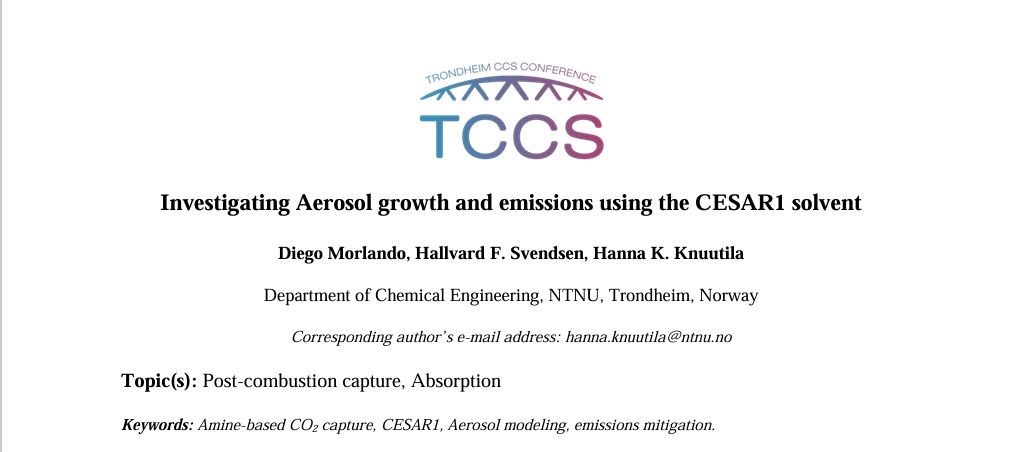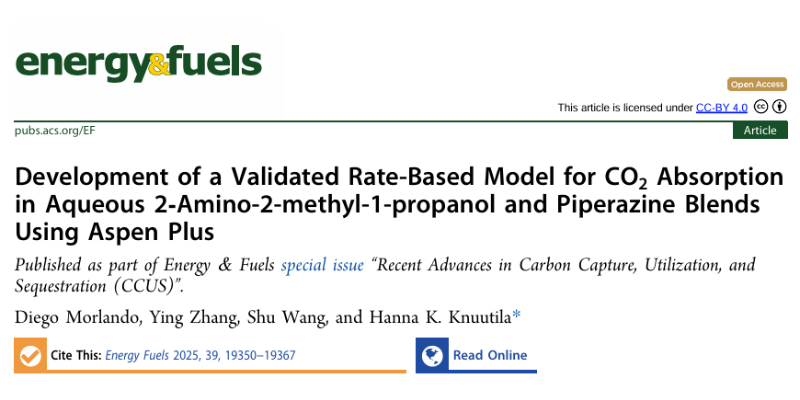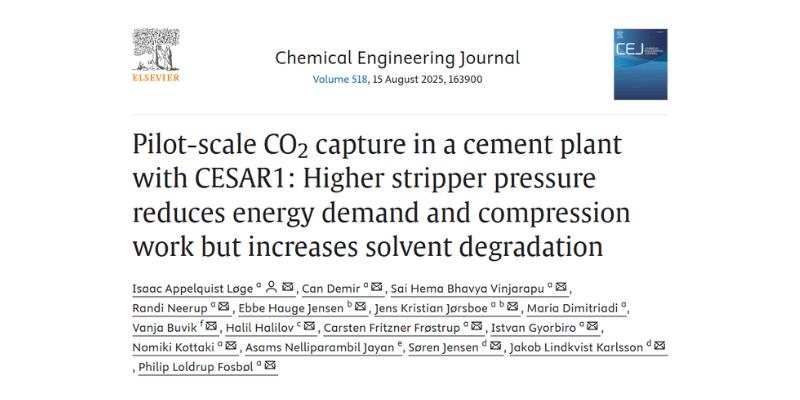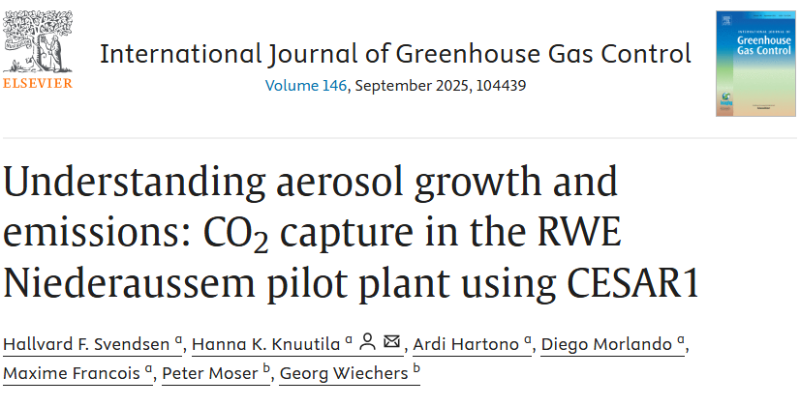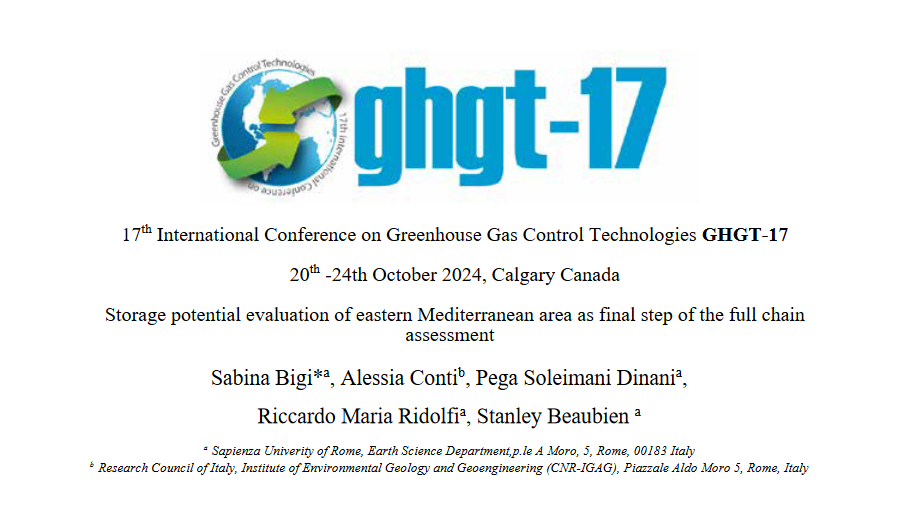Abstract
CO2 capture using amine-based absorption is the most mature technology to decarbonize carbon intensive industries, Bui et al. (2018). Research has been focused on studying solvents that are stable, environmentally sustainable and energy efficient. The CESAR1 solvent, an aqueous blend of 3 M 2-amino-2-methyl-1-propanol (AMP) and 1.5 M piperazine (PZ) is considered now the benchmark solvent for amine-based CO2 capture, Feron et al. (2020). However, one of the main challenges to the commercialization of the process is the potential solvent emissions, Buvik et al. (2021). In particular, amine aerosol emissions impose a risk to the environment and the human health, since the conventional water wash alone may not be enough to contain these emissions, (Mertens et al., 2014).
Keywords: Amine-based CO2 capture, CESAR1, Aerosol modeling, emissions mitigation.
Authors: Diego Morlando, Hallvard F. Svendsen, Hanna K. Knuutila (Department of Chemical Engineering, NTNU, Trondheim, Norway).
Publication – Development of a Validated Rate-Based Model
Abstract In this work, we developed a new e-NRTL thermodynamic framework for CO2 absorption in aqueous mixtures of 2-amino-2-methyl-1-propanol (AMP)…
Publication – Pilot-scale CO2 capture in a cement plant with CESAR1
Abstract Carbon capture from hard-to-abate industries is essential. This study investigates the effect of stripper pressure on the performance of…
New Publication: Aerosol Modeling in CO2 absorption using CESAR1
We are proud to announce that Hallvard F. Svendsen, Hanna K. Knuutila, Ardi Hartono, Maxime Francois and Diego Morlando at…
Thermodynamic Properties of CO₂ Absorption in CESAR1 — Essential Data for Better Process Modelling
We are proud to announce a new scientific publication from the AURORA project, authored by Diego Morlando, Ardi Hartono and…
Journal Publication – In-Depth Study of CESAR1 Solvent Degradation Under CO₂ Capture Conditions
A new scientific publication based on research from the AURORA project has just been released in the journal Industrial &…
Conference publication – GHGT-17: Viscosity and Density data for the CESAR1 solvent
Abstract Global warming is a major issue that needs to be addressed and limited. The CESAR1 solvent blend has a…
Conference publication – GHGT-17: “Storage potential evaluation of eastern Mediterranean area as final step of the full chainassessment”
The final step in capturing and storing carbon dioxide (CO₂) emissions is geological storage, where CO₂ is injected deep underground…
Understanding Solvent Degradation in CO₂ Capture – CESAR1 Solvent Degradation in Pilot and Laboratory Scale
The fight against climate change requires innovative solutions, and one promising method is CO₂ capture and storage (CCS). CCS involves…
Turning Waste Into Opportunity: Thermal Reclamation Chemistry of Common Amine Solvents
CO2 capture technology is vital for reducing greenhouse gas emissions. But what happens when the chemicals used in this process…
Closing Knowledge Gaps – Density and Viscosity of Unloaded and CO2-loaded Aqueous AMP-PZ blends
AURORA’s latest scientific journal publication provides experimental density and viscosity data on different unloaded and CO2-loaded aqueous blends of 2-amino-2-methyl-1-propanol…

